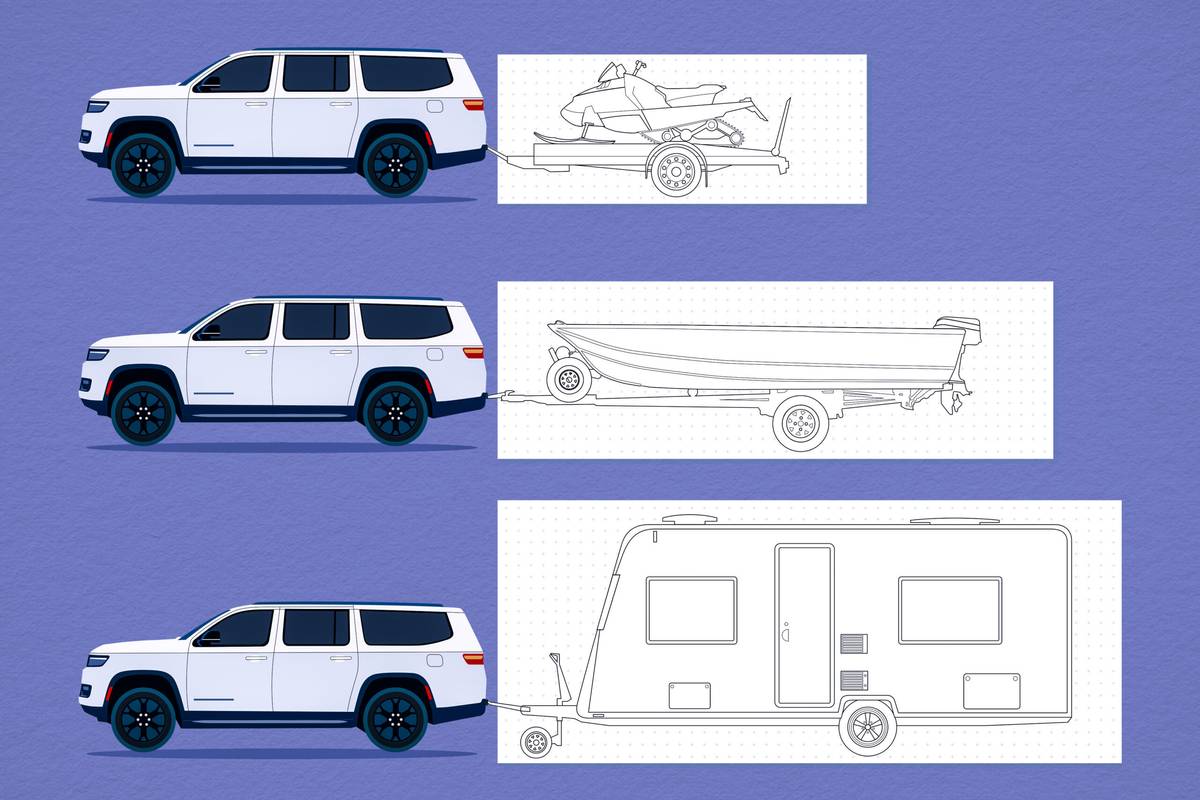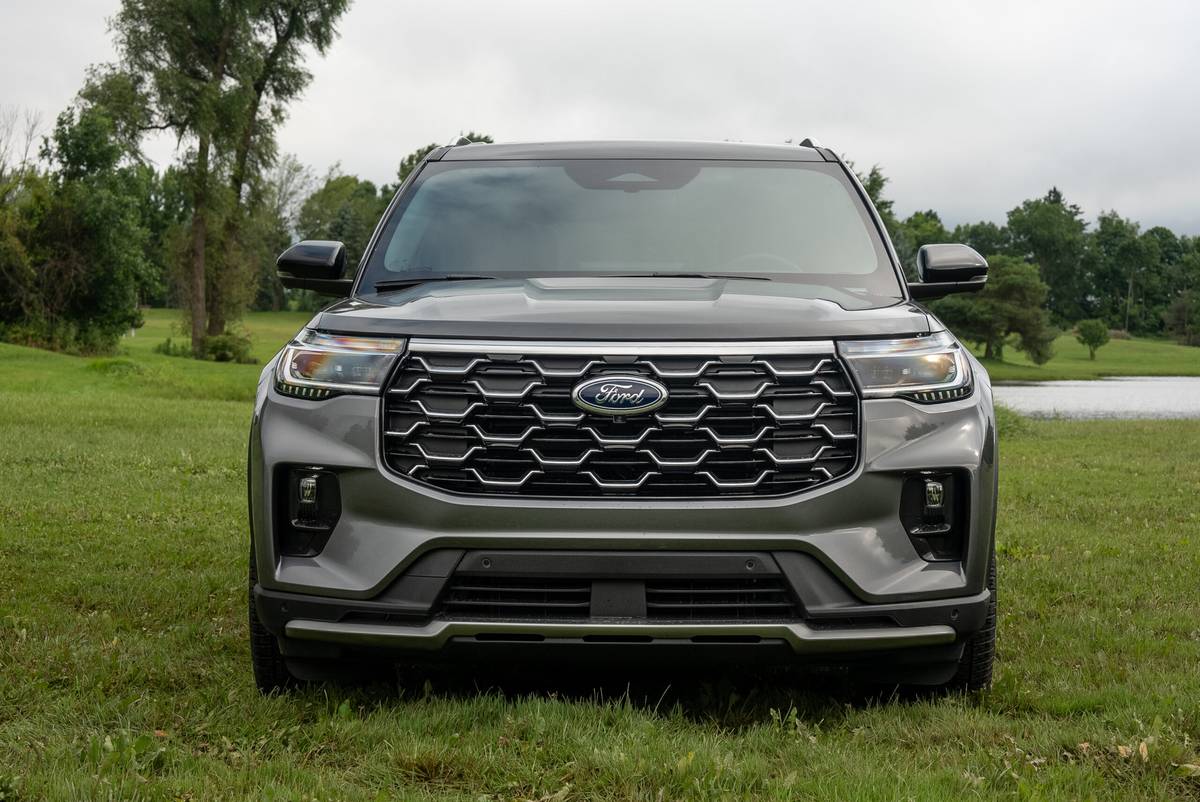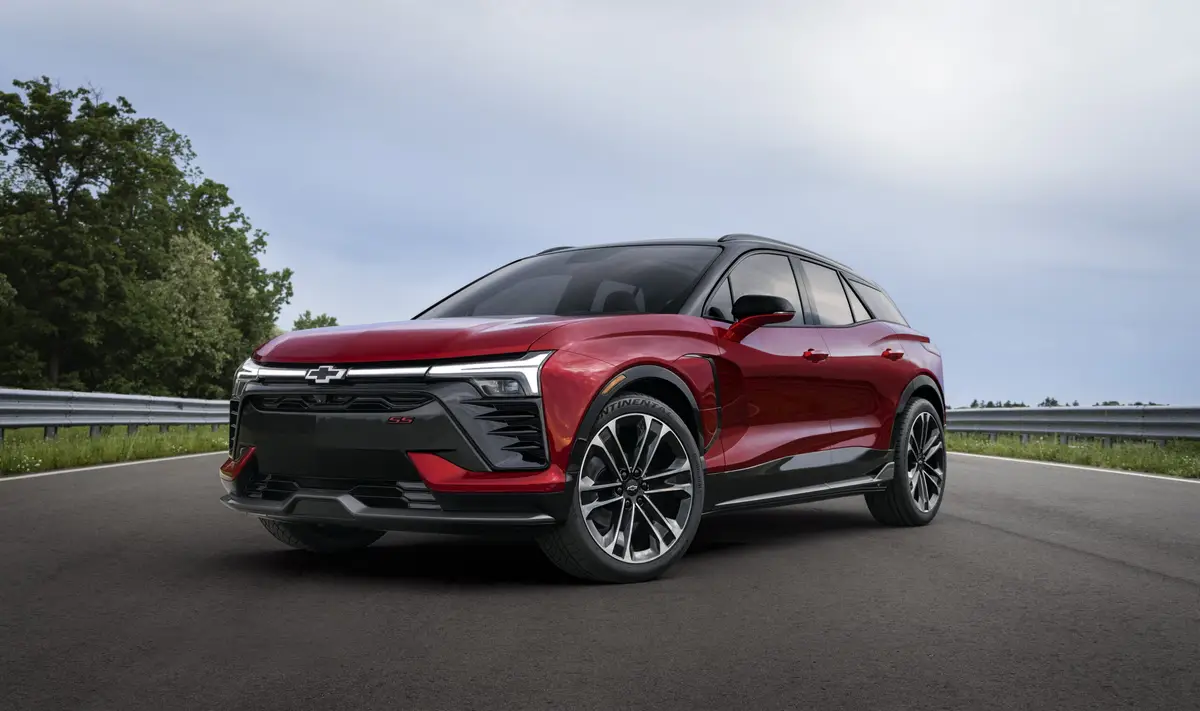Is Now a Good Time to Buy a Used Car?

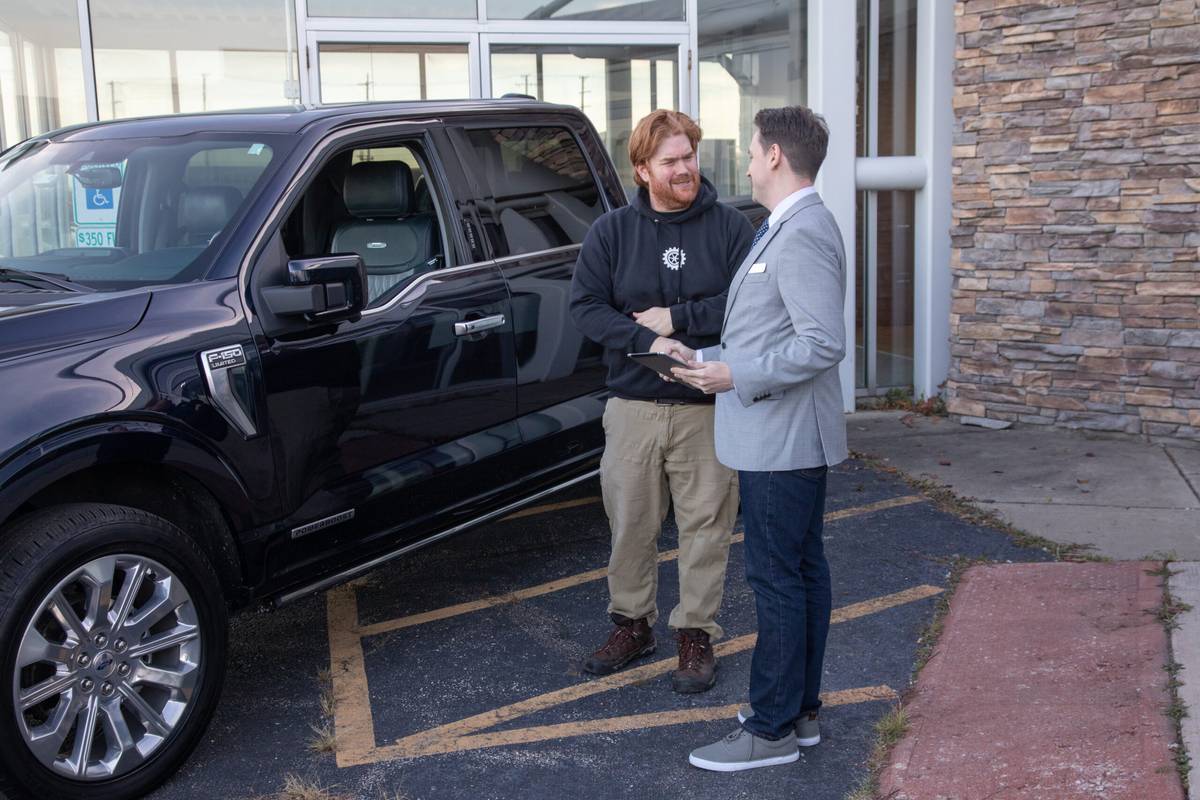
Just when it looked like the whirlwind of used-car shopping had settled into a gentler breeze after a few months of falling prices, some signs indicate the storm hasn’t passed just yet. Traditionally, buying a used car was the more budget-friendly choice versus buying a comparable new one, but falling inventory, rising interest rates and the uncertainty of future used-car prices continue to challenge this paradigm. Many benefits of buying used still apply today, but shoppers should also be prepared to contend with some emerging risks.
Related: Used-Car Prices Are Finally Dropping; Here’s What to Expect in 2023
Why It’s a Smart Choice
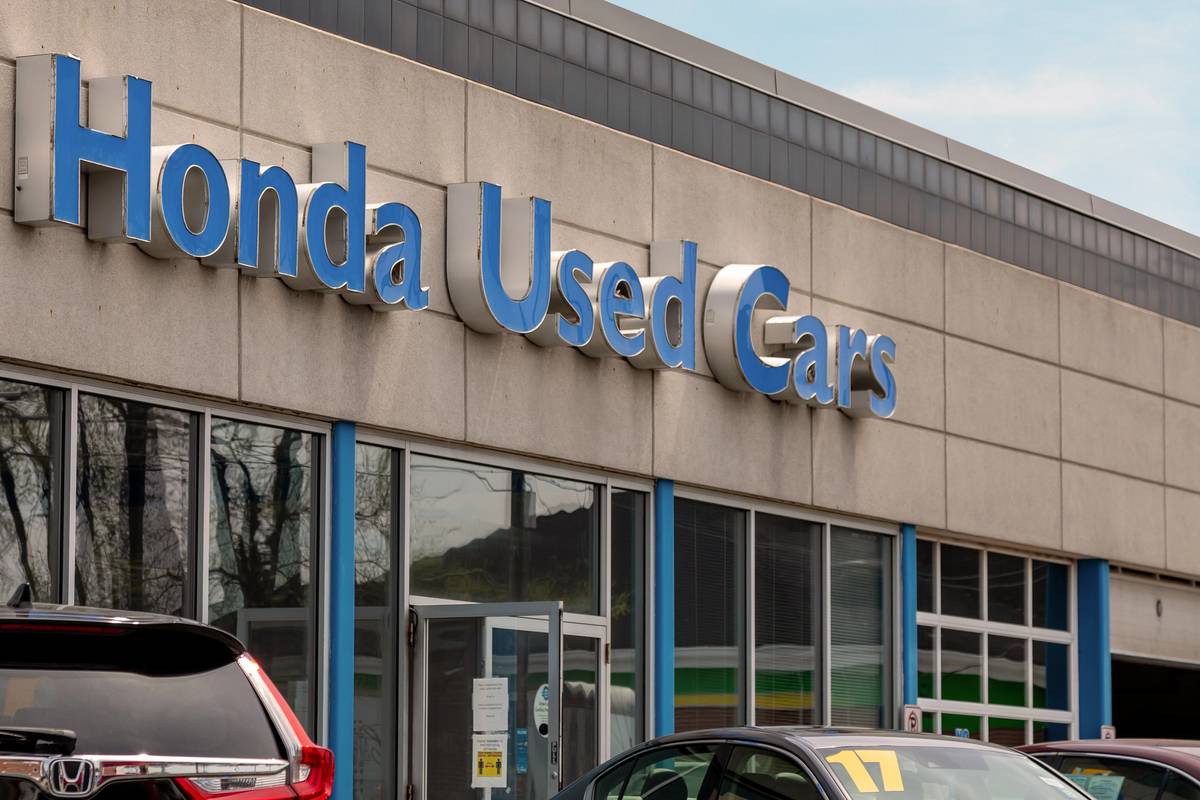
Used-car prices jumped significantly in response to the inventory shortage: At its peak in February 2022, the median price for a used car among Cars.com dealers was around $25,700 — a 44% spike from the prior year when the median price was approximately $17,900. Prices have started to ease in recent months, however, and buying used still offers some tangible benefits for budget-conscious shoppers.
Still More Affordable Than New
Even with the rising prices, used vehicles still carry an affordability advantage compared to their new counterparts, which also saw prices rise as a result of reduced incentives and vehicle markups. As of February 2023, the median price for all used cars among Cars.com dealers was approximately $23,000, while the median for new cars was $43,900. Even compared to newer-model-year used cars, buying a brand-new car brings a hefty premium: For instance, 2020-22 model-year used cars had a median price of approximately $35,000 — 25% less than all new inventory.
Prices Falling (for Now)
Another promising sign is that used-car prices have been trending down over the last six months, according to Cars.com data, falling 5% from August’s median of approximately $24,200. Another example is the consumer price index from the Bureau of Labor Statistics, which tracks monthly changes in consumer spending on goods and services. The latest report shows a continued downward trend for used vehicles: Used-car spending fell 2.8% from January to February 2023 and is down 13.6% from February 2022. Whether this trend continues remains to be seen, however, as used-vehicle inventory remains sparse.
Affordable CPO Options Expand
Another benefit to buying a used car is that it gives shoppers the option to balance affordability with added peace of mind through an expanded certified pre-owned vehicle program. Typically, CPO vehicles come with a higher price tag than non-certified used cars, but in response to slowing sales, several automakers have expanded their programs to include older, higher-mileage cars, according to Automotive News.
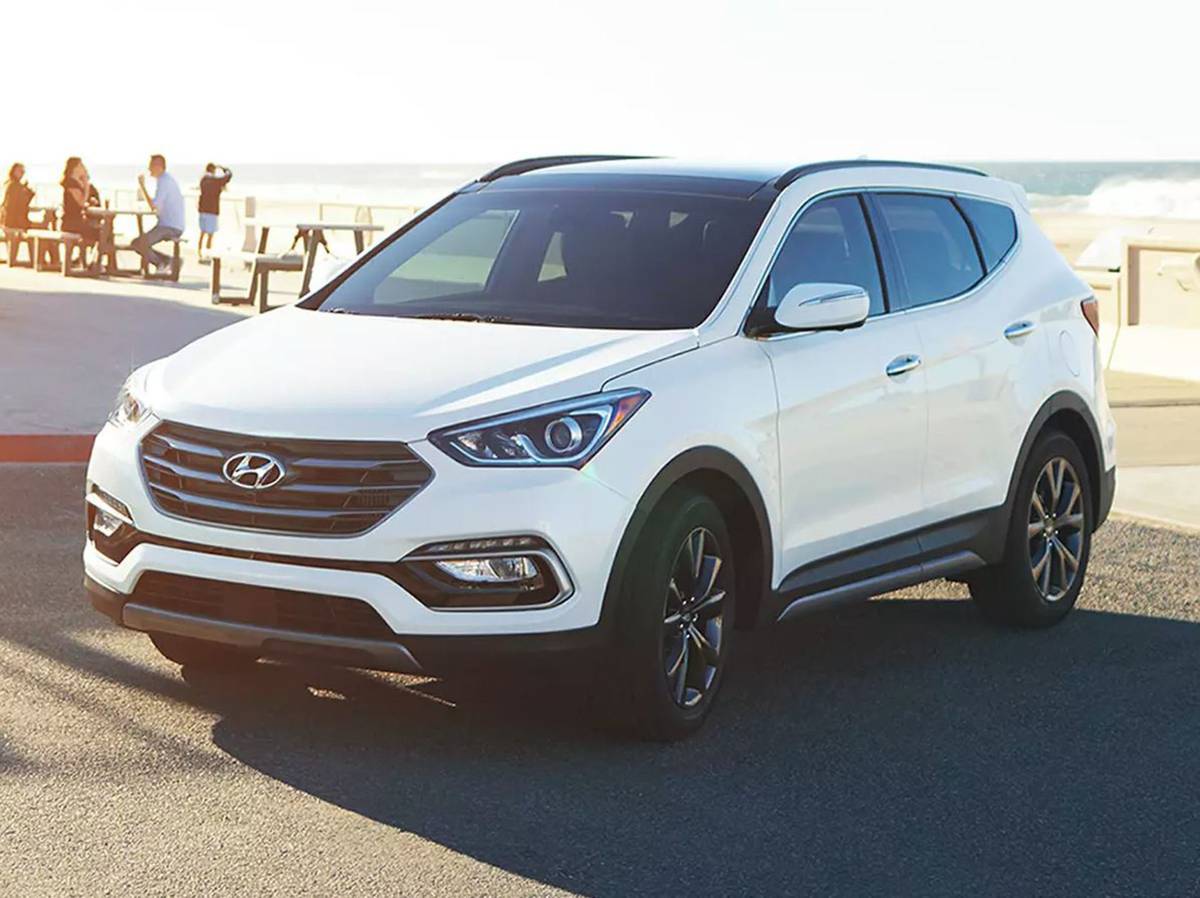
For example, Hyundai expanded their CPO pool from 5-year-old to 6-year-old vehicles or vehicles with up to 80,000 miles — up from 20,000 miles. Ford added an expanded CPO program called Blue Advantage, which certifies vehicles up to 10 years old with less than 150,000 miles. Recently, Honda and Nissan also extended their programs to vehicles up to 10 years old. The CPO designation takes some of the risks out by buying a used car with the added assurance of a multipoint inspection and a manufacturer warranty, among other perks.
Elevated Trade-In, Resale Values
While used-car prices and trade-in values have been falling recently, the average trade-in amount remains well above the levels seen prior to the inventory shortage. Shoppers looking to upgrade to a newer model may find they can get more than they expected when they sell or trade in their current vehicle. According to J.D. Power’s latest sales forecast, the average trade-in equity for February was an estimated $8,955 — $333 less than the same time a year ago but still more than double the pre-pandemic average.
According to David Greene, Cars.com principal of industry and marketplace analytics, it’s unlikely that used-car shoppers will see their vehicle’s value drop drastically soon after the purchase.
“While used-car prices may feel higher than expected, it’s also likely that resale values in the future will stay elevated for a long time, as it will take years [for] new-auto sales to get back to normal before used-car supply will catch up,” says Greene.
What Are the Risks?
Before rushing into a used-car purchase, shoppers should weigh the benefits against risk factors such as shrinking inventory (which can impact future price trends), the recent rise in auto financing costs and elevated maintenance and repair costs.
Falling Inventory
The supply of used vehicles is dwindling due to fewer new-car sales and a significant reduction in leasing since the pandemic, according to Greene. Among Cars.com dealers, March 2023 started with 24% fewer 1- to 3-year-old used vehicles than there were the same time a year ago, and that leaner supply has resulted in an average $1,447 higher price this year. “Shoppers looking for [newer] used vehicles may have to be more patient and flexible to find a vehicle they like, and pricing may be harder to negotiate on those vehicles,” he advises.
Auto Loan Rates on the Rise
While used-car prices have recently seen a downward trend, the same can’t be said for the average auto loan rates for pre-owned vehicles. Interest rates for both new and used cars have been rising following the Federal Reserve’s recent interest-rate hikes. While an auto loan rate is heavily influenced by a shopper’s credit score and other factors, used cars on average cost more to finance than new ones. The average rate for a used vehicle reached 10.26% in the fourth quarter of 2022, according to Experian, up from 8.22% a year prior. Meanwhile, the average used-car monthly payment reached a record high of $526 — up from $490 in 2021. Higher interest rates can contribute to larger monthly payments, higher overall loan costs and an increased risk of falling behind on payments.
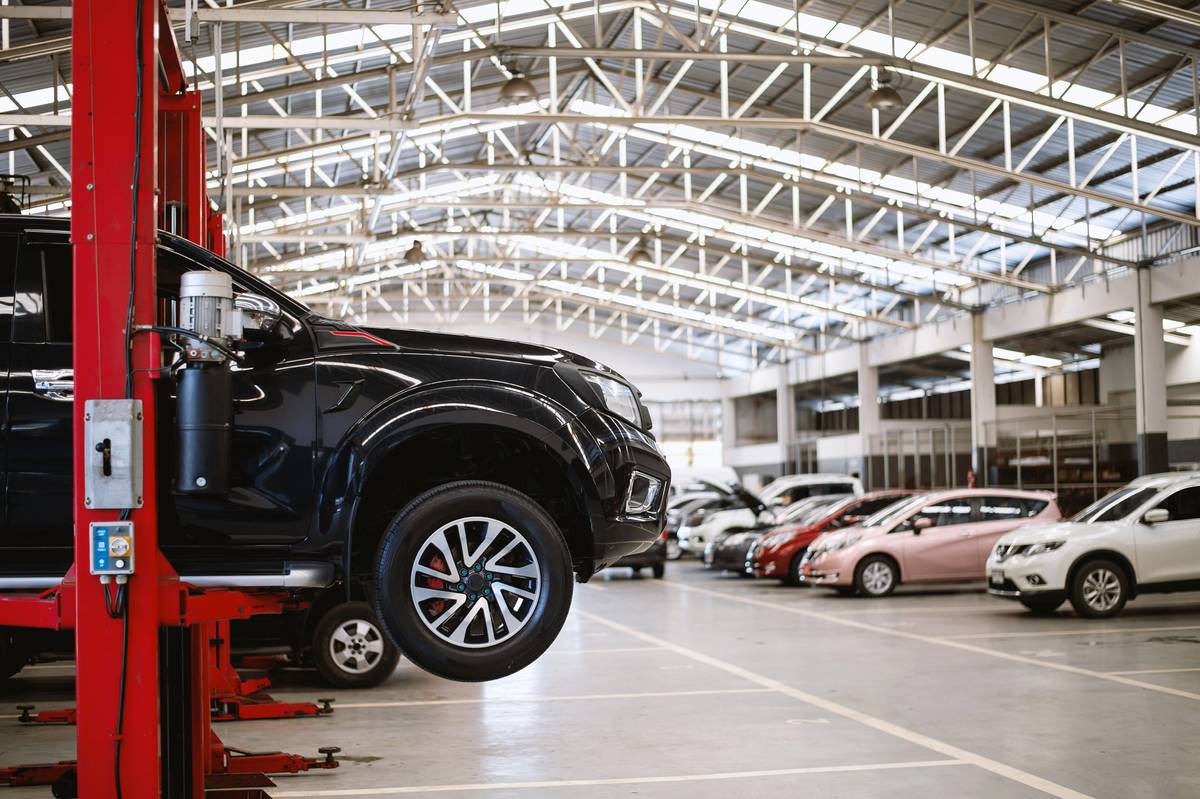
Inflated Maintenance and Repair Costs
Used cars are more likely than their new counterparts to require maintenance and major repairs, and the cost of these services can add up fast. Not only did the inventory shortage impact vehicle prices and availability, but it also caused parts and labor shortages, thereby raising prices and wait times at repair shops. According to the consumer price index, these costs are still on an upward trajectory: Spending on vehicle maintenance and repairs climbed 12.5% from February 2022 to February 2023.
Navigating the Risks
Planning ahead for a used-car purchase amid the current conditions can help to mitigate some of these risks. As inventory on used cars remains tight, especially on newer-model-year vehicles, shoppers may need to forgo some desired features or go with an older, higher-mileage model. An alternative CPO program or extended warranty offers added protection for older vehicles that are more likely to need costly repairs. Budgeting is also more important now as interest rates rise and vehicle prices remain uncertain. Searching for affordable used cars — like ones that accommodate budgets of around $10,000, $15,000 or $20,000 — and shopping around for the best interest rate from multiple lenders can help shoppers avoid overstretching their budgets.
With the volatility in used-car prices seen in recent months, getting gap insurance for a used vehicle purchase may be a good idea. Gap insurance covers the difference between what you owe on a vehicle and its value should it get totaled; although it is typically associated with new cars that depreciate quickly, the spike in used-car prices following the inventory shortage and the uncertainty of used-car values in the coming months makes gap insurance worthy of consideration even for pre-owned vehicles.
More From Cars.com:
- Should I Buy a New, Used or Certified Pre-Owned Car?
- Is a Used Car a Good Idea?
- How to Compare CPO Programs
- Inventory Shortage Leaves Little Room for Haggling; Here Are 5 Other Ways to Save on Your Car Purchase
Related Video:
Cars.com’s Editorial department is your source for automotive news and reviews. In line with Cars.com’s long-standing ethics policy, editors and reviewers don’t accept gifts or free trips from automakers. The Editorial department is independent of Cars.com’s advertising, sales and sponsored content departments.

Former News Editor Jane Ulitskaya joined the Cars.com team in 2021, and her areas of focus included researching and reporting on vehicle pricing, inventory and auto finance trends.
Featured stories
